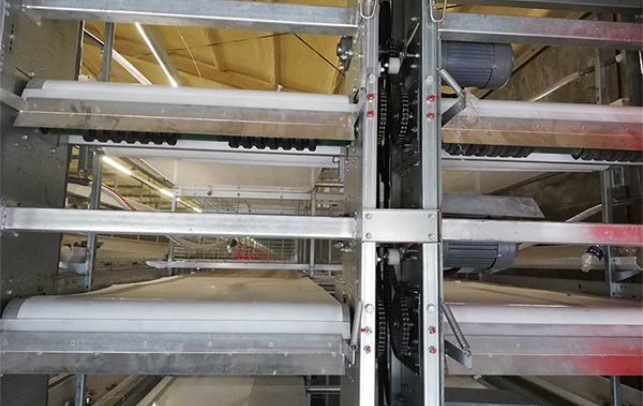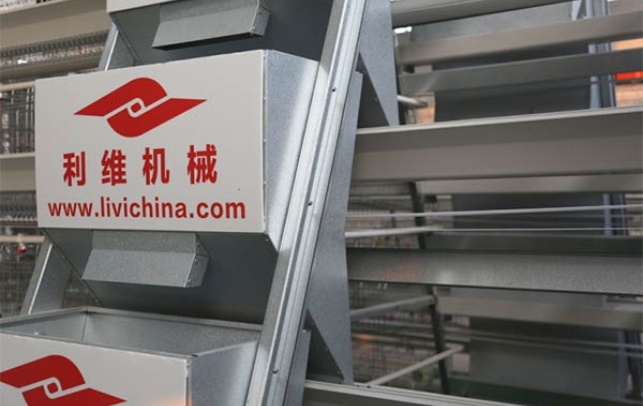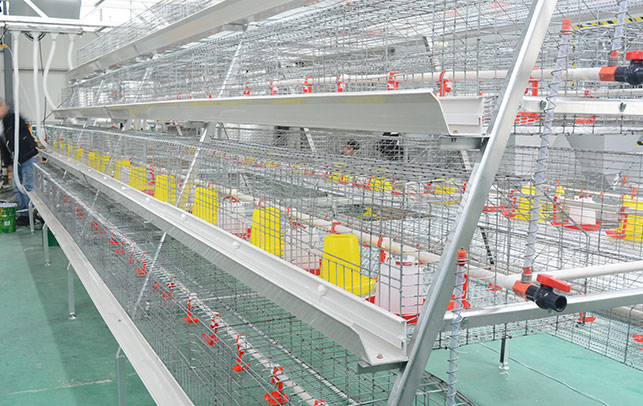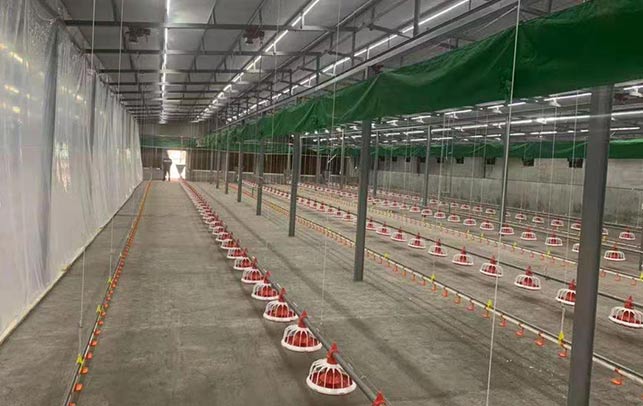Guidelines for Choosing the Best Chicken Cage
Time : 2025-03-25
Choosing the right chicken cage is crucial for the health, well-being, and productivity of your flock. A well-designed cage can significantly impact the quality of life for your chickens, as well as the efficiency of your farming operation. In this article, we will discuss the key guidelines to consider when selecting the best chicken cage for your needs.
1. Material and Durability
The material of the chicken cage is a critical factor to consider. Here are some popular materials and their pros and cons:
1.1 Steel
– Pros: Strong, durable, and resistant to rust.
– Cons: Can be heavy and expensive.
1.2 Aluminum
– Pros: Lightweight, resistant to corrosion, and easy to clean.
– Cons: More expensive than steel and may not be as strong.
1.3 Wooden
– Pros: Aesthetically pleasing and provides a natural environment for chickens.
– Cons: Prone to rot and decay, and may not be as durable as metal or aluminum.
2. Size and Space
The size of the chicken cage is another important consideration. Here are some guidelines to follow:
2.1 Individual Chicken Space
Ensure that each chicken has enough space to move around comfortably. A general rule of thumb is to provide at least 2-3 square feet per chicken.
2.2 Nesting Area
A nesting area is essential for hens to lay their eggs. Provide a separate nesting box or area within the cage for this purpose.
2.3 Roosting Area
Chickens need a roosting area to sleep at night. The roosting bars should be placed at a comfortable height for the chickens and spaced appropriately to prevent overcrowding.
3. Design and Layout
The design and layout of the chicken cage play a significant role in the overall comfort and health of the chickens. Here are some key aspects to consider:
3.1 Ventilation
Good ventilation is crucial to prevent heat buildup and to ensure a healthy environment for the chickens. The cage should have adequate ventilation to allow air to flow in and out.
3.2 Access Points
Access points for adding feed, water, and collecting eggs should be easy to use and maintain. Consider the placement of these points to ensure they are convenient and accessible.
3.3 Water and Feeders
The water and feeders should be designed to prevent spillage and to ensure that the chickens have access to fresh water and food at all times.
4. Comfort and Safety
4.1 Bedding
Proper bedding, such as straw or wood shavings, can help keep the cage clean and provide comfort for the chickens.
4.2 Security
Ensure that the chicken cage is secure to prevent predators from entering. The cage should have sturdy construction and, if possible, be raised off the ground to protect the chickens from ground predators.
4.3 Health and Safety
The cage should be designed to minimize the risk of injury to the chickens. Consider the following:
– Rounded corners to prevent injury.
– Proper spacing between bars to prevent chickens from getting their heads stuck.
– Easy-to-clean surfaces to prevent the buildup of bacteria and disease.
5. Cost and Maintenance
When choosing a chicken cage, consider the initial cost as well as the long-term maintenance and replacement costs. Here are some tips to keep costs in mind:
5.1 Budget
Set a budget and look for the best quality chicken cage within that range. Remember, the initial cost is just one factor to consider.
5.2 Maintenance
Choose a chicken cage that is easy to maintain and clean. This will save you time and money in the long run.
Conclusion
Choosing the best chicken cage is an important decision that can impact the health, well-being, and productivity of your flock. By following these guidelines, you can select a chicken cage that meets your needs and provides a comfortable and safe environment for your chickens.











